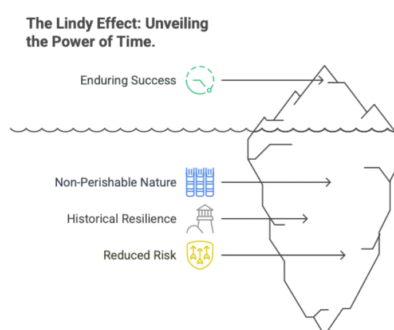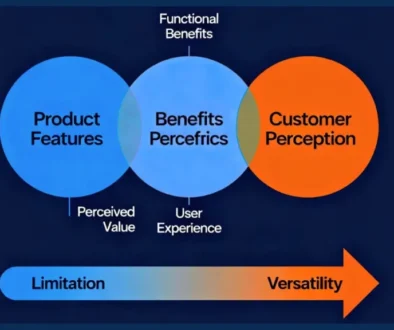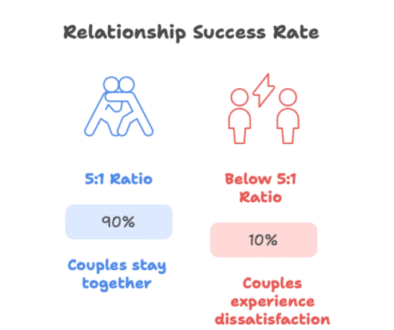Radical Candor: The Complete Guide
Radical Candor is a revolutionary framework for communication and leadership, created by former Google and Apple executive Kim Scott. At its core, it’s about giving feedback—both praise and criticism—in a way that is kind, clear, specific, and sincere, while genuinely caring about the person receiving it.
What Is Radical Candor?
Radical Candor means caring personally while challenging directly. It’s not about being brutally honest or harsh; instead, it’s about being honest while showing that you genuinely want the other person to grow and succeed. The model is depicted as a quadrant with two axes:
Care Personally: Seeing people as humans with lives, hopes, and dreams, not just as employees.
Challenge Directly: Speaking with clarity about what needs to be improved, even when it’s uncomfortable.
The Radical Candor Quadrant Model
The quadrant breaks down feedback styles into four types:
Quadrant | Description |
Radical Candor | Care personally AND challenge directly. Honest, helpful, specific feedback, building trust. |
Ruinous Empathy | Care personally but DON’T challenge directly. Avoiding tough truths, sugar-coating issues. |
Obnoxious Aggression | Challenge directly but DON’T care personally. Harsh or blunt feedback, lacking compassion. |
Manipulative Insincerity | Neither care personally nor challenge directly. Insincere, self-serving, toxic behaviors. |
Radical Candor is the target: where teams communicate with trust, clarity, and mutual respect.
Principles and How-To’s
Radical Candor in Practice relies on a few key principles:
- Humble: Your feedback recognizes fallibility and aims to help, not to punish.
- Helpful: The intent is to promote improvement and growth.
- Immediate: Feedback is most effective when timely.
- In Person: Whenever possible, give feedback face-to-face.
- Private Criticism, Public Praise: Critique privately to avoid embarrassment; celebrate wins openly.
The CORE Method for Giving Feedback
- Context – Specify when or where the action happened
- Observation – Describe exactly what was done or said
- Result – Explain the impact of the action
- Next Steps – Clarify what should happen going forward
Practicing Radical Candor
- Solicit Feedback First: Show openness to feedback before offering it.
- Give Specific, Sincere Praise: Foster growth by recognizing what works.
- Offer Clear, Kind Criticism: Address issues directly, aiming to strengthen the relationship.
- Gauge Reaction: Pay attention to how your feedback lands, adjusting care or directness as needed.
Radical Candor vs. Brutal Honesty
Radical Candor is often confused with brutal honesty. The key difference: Radical Candor requires empathy—the goal is to help, not hurt. Feedback is delivered with regard for the person’s feelings and growth, not just the blunt truth.
Real-World Examples
Example 1 (Radical Candor):
“If you keep missing report deadlines, it affects the entire team’s workflow. I know you can do better, and I want to help you succeed. Let’s figure out what’s getting in the way and solve it together.”
Example 2 (Obnoxious Aggression):
“You keep messing up. If you don’t fix it, you’re out.”
Example 3 (Ruinous Empathy):
“It’s okay if you’re late again. Don’t worry about it.”
Example 4 (Manipulative Insincerity):
Complaining about someone’s performance behind their back, while offering only positive comments to their face.
Benefits of Radical Candor
Embracing Radical Candor can:
- Improve trust and collaboration in the workplace
- Encourage open communication
- Boost individual and team performance
- Increase psychological safety—people feel safe to speak up, innovate, and admit mistakes.
Implementing Radical Candor
To create a culture of Radical Candor:
- Lead by example—practice it as a leader or peer.
- Normalize feedback—make it a regular, valued part of teamwork.
- Build psychological safety—ensure people know mistakes are learning opportunities, not reasons for punishment.
- Focus on behaviors, not personalities—address what people do, not who they are.
In summary: Radical Candor isn’t just about speaking your mind. It’s about building genuine relationships where feedback flows freely and respectfully in every direction. Done right, it transforms organizations and personal growth, making work more human, productive, and meaningful.



